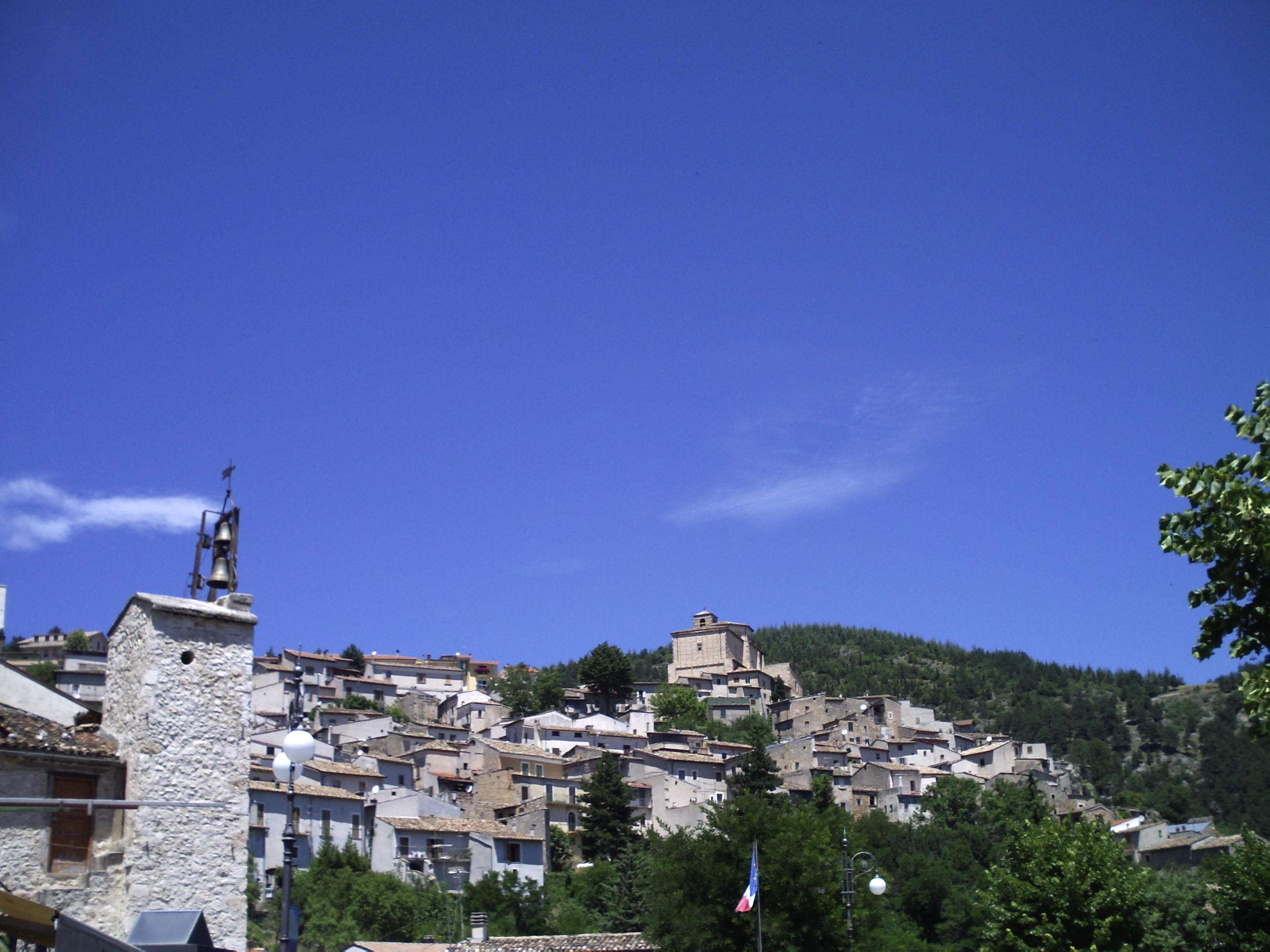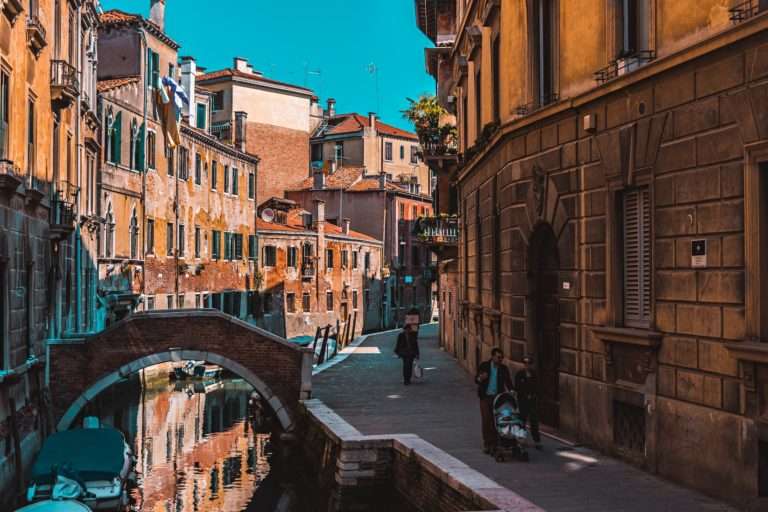Italian Villages in Their Prime
During their prime, small villages were the heartbeat of the Italian countryside. They were characterized by agriculture, local trade, and community support. Every town bustled with people, food, kindness, and hard work. Jobs were offered in restaurants, coffee shops, deli counters, and similar occupations. However, this was not nearly enough to sustain everyone in the town. Most people found themselves working on farms to feed their family.
Why Italian Villages Started Losing People

This is Secinaro, a small Italian town in the region of Abruzzo. These days, most houses are empty and the population stands at around 300. When walking around town, you can see what this village looked like in the past. Residents will explain to you how the town used to have thousands of people, schools, markets, and restaurants. However, now you can only find closed-down shops, and the few people still living there.
There are multiple reasons why the population has decreased significantly, including emigration and a gradual decrease in birth rates. Many people also found themselves moving to bigger cities in search of more job opportunities. This was a big factor for lots of the population.
What the Government is Doing to Gain Population
Local governments have been creative in ways to attract people into small towns. Many towns are offering incredibly cheap housing. Some homes are even given away for free. Municipal governments are also offering abandoned houses to refugees from surrounding countries. They are happy to support people in need with several accommodations.
There is an urgency felt in the air of these small towns. Residents, government, and visitors know that they need to act fast, because before you know it many town populations will have disappeared.




